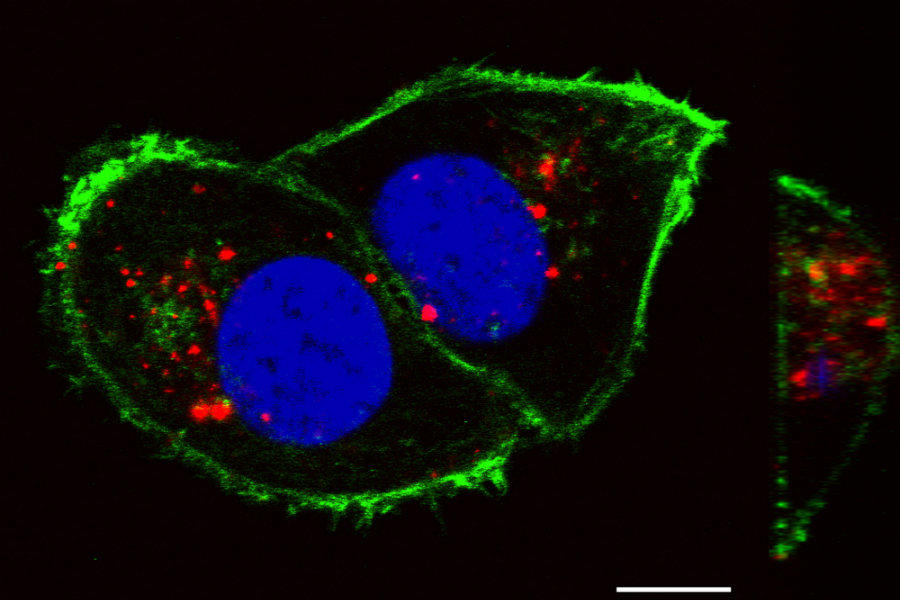About NSDB
The Nanodelivery Systems and Devices Branch (NSDB) is house within the Cancer Imaging Program (CIP) of the Division of Cancer Treatment and Diagnosis (DCTD) at the National Cancer Institute (NCI). NSDB develops and implements programs with and for the extramural research community related to the use of nanotechnology in cancer and medicine.
Mission
The mission of the Nanodelivery Systems and Devices Branch is to strategically develop, fund, and administer initiatives aimed at solving cancer biology and oncology problems with nanotechnology solutions.
The overarching goal of these initiatives is to develop innovative nanotechnologies for cancer prevention, diagnosis, control, and treatment and ranging from discovery through clinical translation.
